The Academy Awards will air live on ABC Channel 7 this Sunday at 8 p.m.
By Tim Haggerty and Jeffrey Sanzel
The 95th Academy Award contenders comprise a wealth of options. Better films provide excellent performance opportunities, so the fields are tight ones. As always, there is the potential for a great number of upsets. Who will take home the statues on March 12 at Los Angeles’ Dolby Theatre remains to be seen. But here are a few thoughts.
While all the actors up for Best Actor in a Supporting Role turned in stunning performances, the clear favorite is the once-in-a-lifetime performance of Ke Huy Quan from Everything Everywhere All at Once. Quan gives a dimensional performance that mines both the humor and the day-to-day struggle of the many-faceted character. This he accomplishes with a jaw-dropping facility, finding beauty in sadness but shining in the fantastical shades of the character. While all the other nominees are first-rate, none display Quan’s multiple sides. Barry Keoghan won the BAFTA for The Banshees of Inisherin but is unlikely to bump Quan.

Longshots for Actress in a Supporting Role are Angela Bassett (Black Panther: Wakanda Forever) and Hong Chau (The Whale), both presenting excellent work but will be overshadowed by a year of showy performances that had surprising depth. Also unlikely is Kerry Condon’s stern sensibility in The Banshees. Finally, it will come down to Jamie Lee Curtis and Stephanie Hsu, both offering simultaneously eccentric and grounded work in industry favorite Everything Everywhere. It is a toss-up, but veteran Curtis is probably favored, receiving the award for both the film and her body of work.
Much like Supporting Actress, Actor in a Leading Role comes down to two equally worthy possibilities. While Austin Butler gave a good performance as Elvis, the script was weak and did not provide the dimension that would put him on a fast track to winning. Bill Nighy’s Living was too subdued and reserved to receive the Academy’s highest accolade. Paul Mescal’s Aftersun was powerful, but the film did not reach a wide enough audience.
Actor in a Leading Role comes down to Colin Farrell in Banshees and Brendan Fraser in The Whale. Given the raw, heart-breaking performance—and a range unseen in Fraser’s previous oeuvre—the Oscar is his to lose. However, the fact that it is unlike anything in his career gives him an even stronger edge.
Ana de Armas’s Marilyn in Blonde falls into the same problematic situation as Butler. She gives a sympathetic performance in an apathetic and unnecessarily exploitative film. The controversial nomination of Andrea Riseborough (To Leslie) earned her and the film little support—most likely taking the spot from Danielle Deadwyler’s flawless mother in Till. Michelle Williams is always good, but The Fabelmans does not display any surprises. It is a shame that Cate Blanchett’s searing composer (TÁR) and Michelle Yeoh’s multi-universe laundromat owner are up against each other. These are two exceptional performances, and both actresses deserve to stand on the Dolby stage—these are career bests. While a tie would solve the problem, the never-awarded Yeoh has a slight edge over the Oscar-winner Blanchett.
The now glutted Best Picture field includes fillers: the bloated Avatar: The Way of Water (visually stunning but overlong), the ultimate popcorn Top Gun: Maverick (an improvement over the original but still popcorn), and Elvis (clumsy and wrong-headed). Triangle of Sadness was a fascinating exercise, and Women Talking was emotionally gut-wrenching, but both played below the radar. All Quiet on the Western Front will win Best International Feature Film. The critically lauded TÁR and Banshees would have had better chances last season. In another year, Steven Spielberg’s autobiographical The Fabelmans would score the top prize. But the clear favorite is the mind-bending, startling, and outrageous Everything Everywhere All at Once.
As for Directing and Writing (Original Screenplay), the path reflects the Best Picture. In this case, Daniel Kwan and Daniel Scheinert will go home with the Oscars for their exceptional work in both categories for the historically unique Everything Everywhere. All Quiet or (possibly) Women Talking will take Writing (Adapted Screenplay).
A few shoutouts:
Animated Feature Film should go to the glorious Guillermo del Toro’s Pinocchio—the third Pinocchio film of the year—but the only one of any weight (or value). The moving meditation on mental health, The Boy, the Mole, the Fox and the Horse, will take home Best Short Film (Animated). The quirky Christmas Day orphanage Le Pupille will most likely win Short Film (Live Action). The Whale demonstrated true artistry in the transformation of Brendan Fraser, making it the most deserving for Makeup and Hairstyling. Music (Original Score) could go to either the chilling strings of All Quiet or the bombast of Babylon. Avatar’s only hope for an award is Visual Effects, with Sound going to Top Gun: Maverick.
When all is said, 2022 will be remembered as a strong year for original stories. In a business that thrives on remakes and sequels, this year’s films are a wealth of standalone tales.

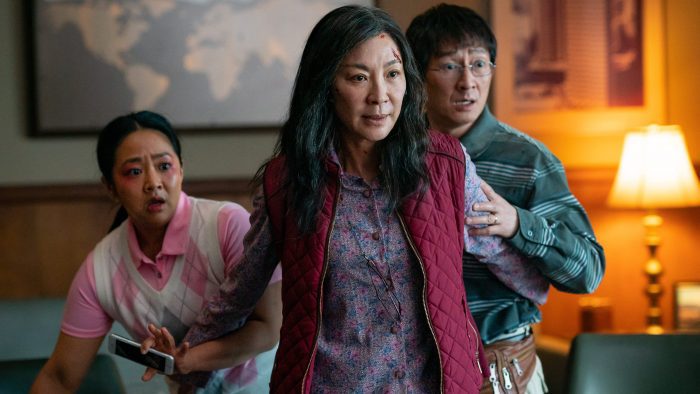



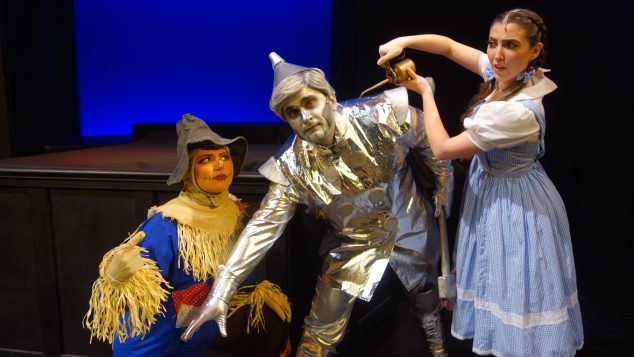






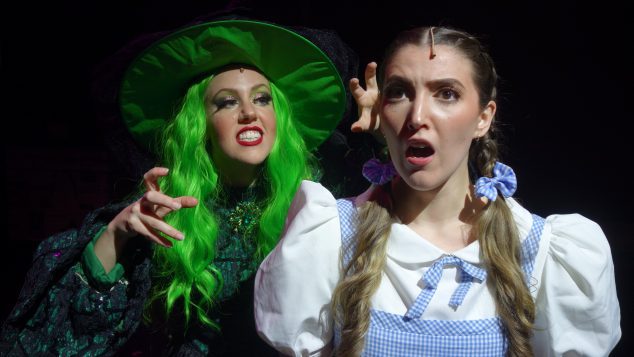

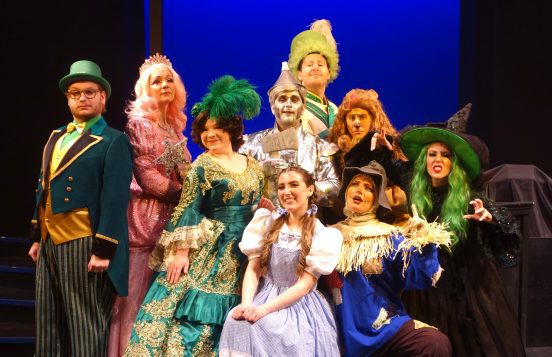
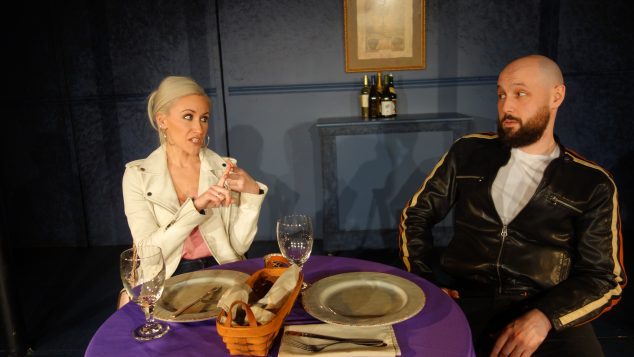
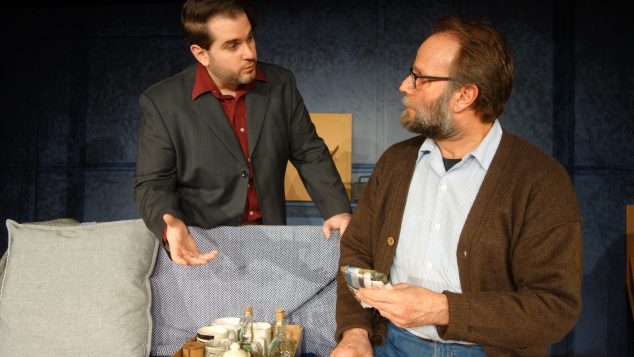

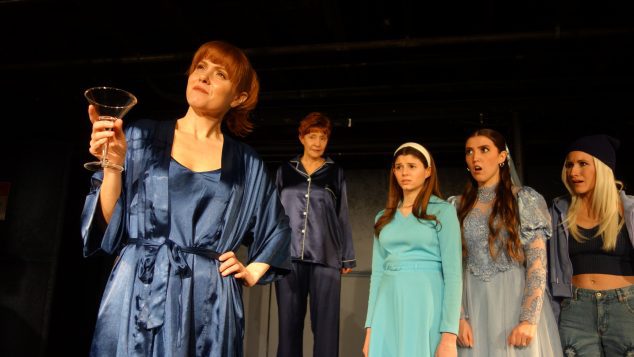

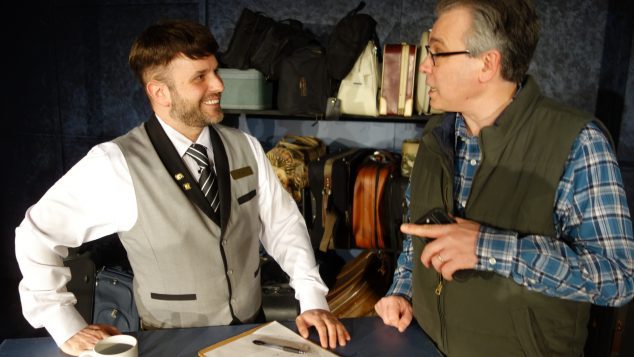
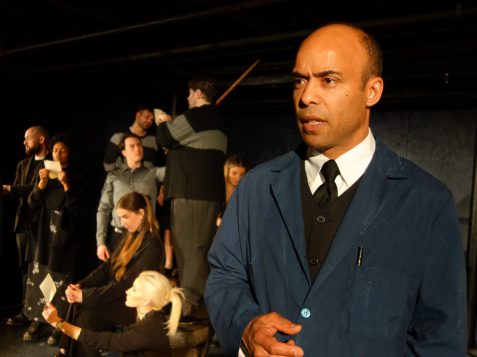

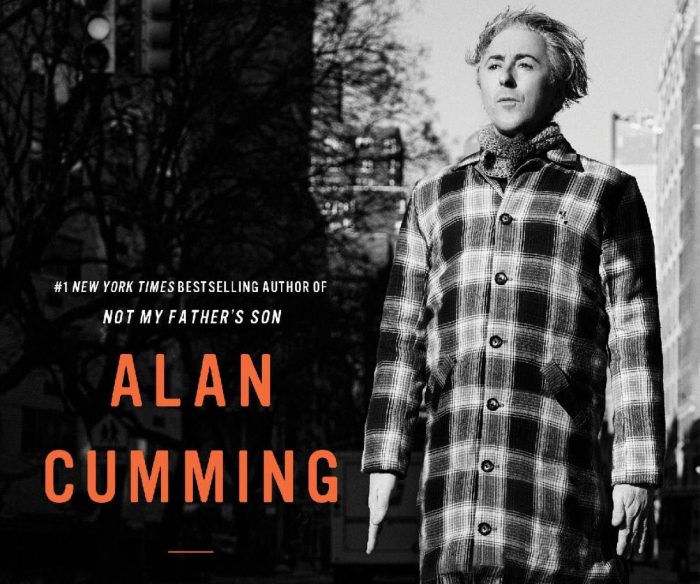
 In addition, Cumming is a director, an LGBTQ+ activist, and a gifted writer. Unlike many celebrities who have found their way onto the printed page via “as told to” or ghosted autobiographies, Cumming’s first work was the novel Tommy’s Tale (2002). The book was a darkly comic and highly revealing roman a clef. He followed this with a fascinating and complicated look at his relationship with his abusive father, Not My Father’s Son (2014), directly resulting from his appearance on the genealogy show Who Do You Think You Are?
In addition, Cumming is a director, an LGBTQ+ activist, and a gifted writer. Unlike many celebrities who have found their way onto the printed page via “as told to” or ghosted autobiographies, Cumming’s first work was the novel Tommy’s Tale (2002). The book was a darkly comic and highly revealing roman a clef. He followed this with a fascinating and complicated look at his relationship with his abusive father, Not My Father’s Son (2014), directly resulting from his appearance on the genealogy show Who Do You Think You Are? Unflinching accounts of partying are juxtaposed with revelations about his family and those closest to him. Whenever possible, he praises his artistic collaborators. He reserves overwhelming gratitude for friends who have stood by him in dark times. He shares his joy and appreciation for meeting his husband, Grant Shaffer. (Cumming discusses the difficulties of his first marriage to actor Hilary Lyon, with whom he planned on having children.)
Unflinching accounts of partying are juxtaposed with revelations about his family and those closest to him. Whenever possible, he praises his artistic collaborators. He reserves overwhelming gratitude for friends who have stood by him in dark times. He shares his joy and appreciation for meeting his husband, Grant Shaffer. (Cumming discusses the difficulties of his first marriage to actor Hilary Lyon, with whom he planned on having children.)

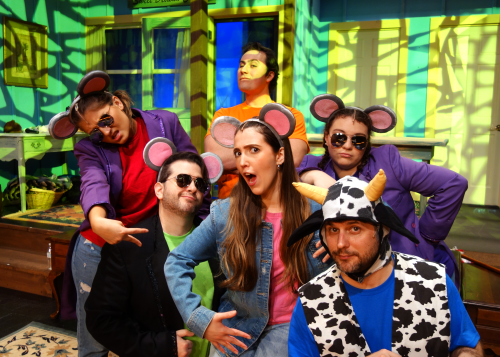


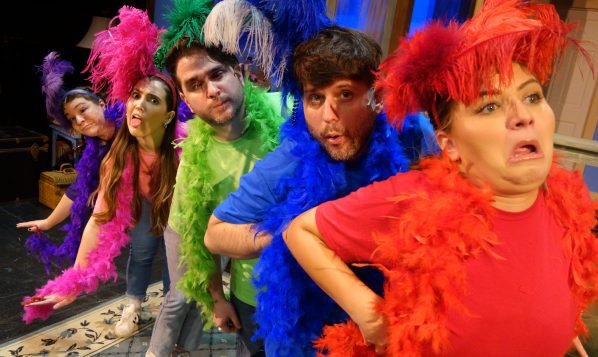


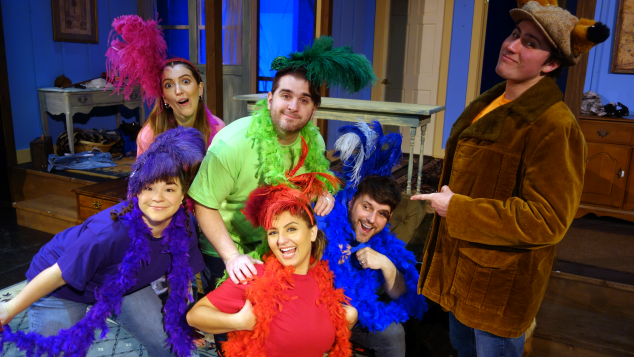


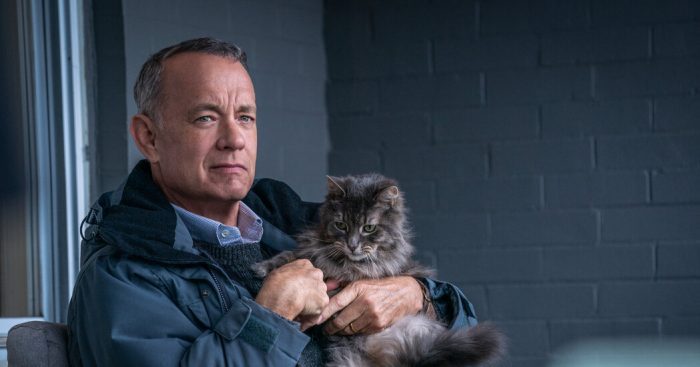





 “I love you, come for dinner! Isn’t that invitation we all want to hear? It promises an evening of good food, warm conversations, and the chance to share our lives with family and close friends.” The wonderful Ina Garten, best known as The Barefoot Contessa, opens her excellent new cookbook, Go-To Dinners (Penguin Random House/Clarkson Potter), with this call to celebration. Leading with community, she addresses the power of connection that meals bring.
“I love you, come for dinner! Isn’t that invitation we all want to hear? It promises an evening of good food, warm conversations, and the chance to share our lives with family and close friends.” The wonderful Ina Garten, best known as The Barefoot Contessa, opens her excellent new cookbook, Go-To Dinners (Penguin Random House/Clarkson Potter), with this call to celebration. Leading with community, she addresses the power of connection that meals bring.




